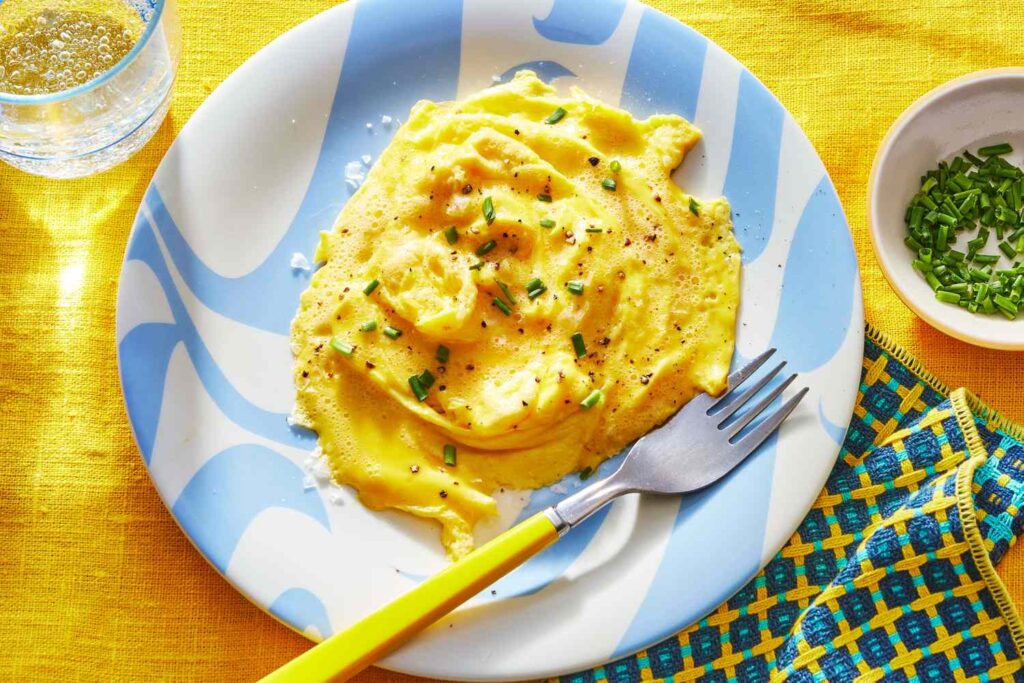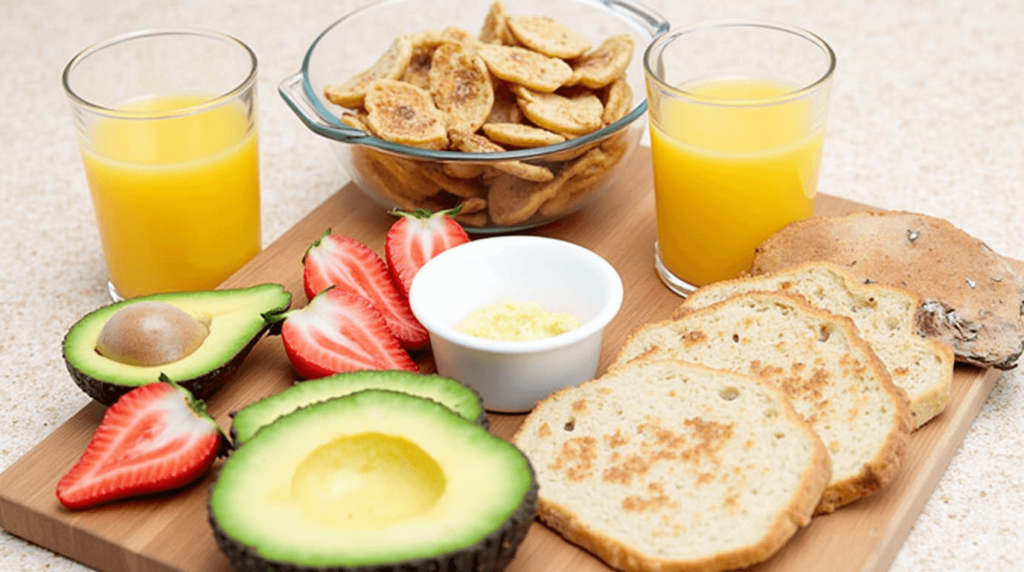🍽️ Ready for a Clean Eating Reset?
Grab your 14-Day Meal Plan eBook now and start your healthy journey today!
Download for $9.99For the uncertain portion of 2020 that I lived together with my sister, her husband, and my two-year-old nephew, there was one thing we always rallied around: soft scrambled eggs in the morning—or “eggies” as my nephew affectionately called them.
But after a few too many mornings of caked-on egg bits and scrub-fatigueI decided that “low-and-slow” wasn’t cutting it on our little cast-iron skillet. With a full household and a boisterous two year old, we almost always forgot the eggs were cooking on the stove before it was too late. So I tried something new: hot and fast scrambled eggs. After dialing in the technique, I was surprised to find that it was much less work, and the eggs were a lot softer and tastier.
The 40-Second Egg Technique
The method is similar to a “folded egg” technique, a combination of an omelette and a scrambled eggsthat is popular in Australia for its mousse-like softness. It also bears resemblance to the custardy folded egg that’s served over rice in Japan for a dish called “omurice.”
To make 40-second eggs, the success is in the simplicity of the details: Use a clean, hot skillet, eggs with a splash of lukewarm water, and 40 seconds of “scrambling.” In less than a minute, you’ve got “eggies” to go around.
The best part? Over time, I started to notice the cast-iron skillet was smoother and shinier. It had started to build up its natural seasoning layer again. My hypothesis is that the daily repetition of using high heat and plenty of oil, over time, jumpstarted a natural polymerization.
How To Make 40-Second Eggs
The trick with these eggs is that the pan must be ripping hot before you add the oil or butter. A neutral oil like grapeseed works great, but I prefer to use ghee (clarified butter) because it also has a neutral yet succulent and fresh, buttery taste.
Photo: Caitlin Bensel; Food Stylist: Torie Cox
Step 1. Heat skillet (on high!) and whisk eggs
I use an 8-inch carbon steel skillet these days, but you could use a stainless steel skillet, nonstick, or cast-iron skillet too. (If using a cast-iron skillet, it will take more time to heat up.)
- Whisk eggs. Vigorously whisk together 2 eggs and a splash of lukewarm water until the mixture is frothy and bubbly. Adding a little bit of room temperature water helps the eggs loosen and relax, and cook a little bit more evenly once they hit the skillet.
- Add oil to the hot skillet. Once the pan is ripping hot, add 1 tablespoon of the oil (or ghee). Make sure the oil evenly coats the skillet, tilting it carefully if necessary.
Photo: Caitlin Bensel; Styling: Torie Cox
Step 2. Add eggs, tilt, and stir
- Add eggs. Pour eggs into the skillet. They’ll immediately start cooking around the edges. Use a silicone spatula to swirl the cooked edges into the center while tilting the pan to allow the uncooked egg to reach the exterior. Repeat this process for 40 seconds, then remove from heat.
- Cover with a lid to steam and keep warm; serve. You can leave the lid on for the eggs to stay soft and moist, or you can serve immediately. Add more salt to taste, black pepper, and fresh herbs, like chives.
Photo: Caitlin Bensel; Food Stylist: Torie Cox
Eggs can be cooked for longer, 50 seconds or up one full minute, depending on how comfortable you are with a looser, yolkier egg.



